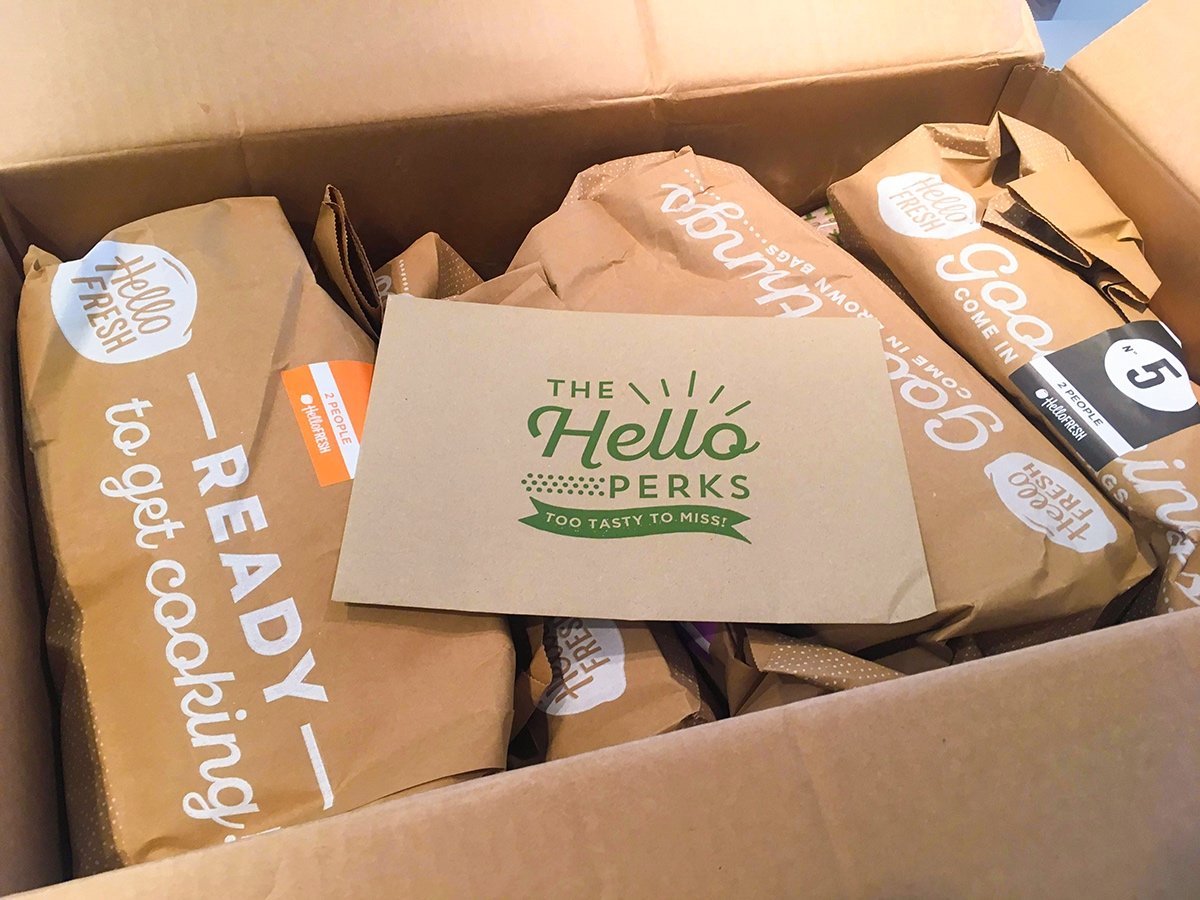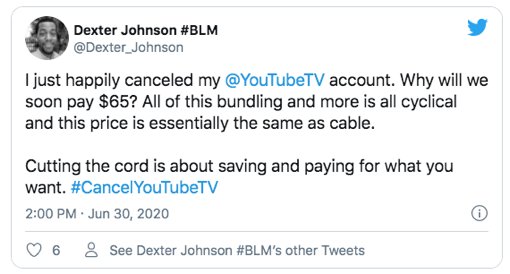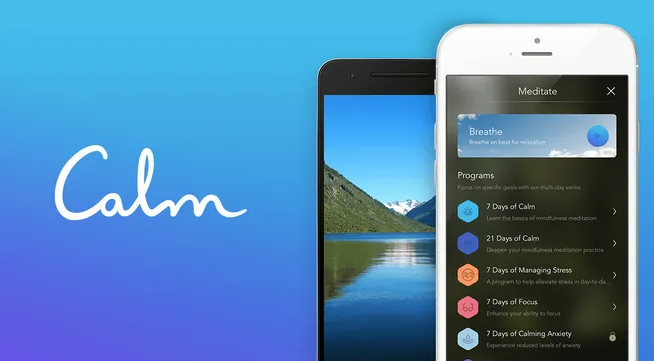Subscription brands: the keys to making them work
July 7, 2020

When YouTube TV announced they were raising monthly fees by $15.00 for their live TV streaming service, the uproar across social media was immediate. What was once deemed a great subscription value for cord cutters was suddenly approaching the cost of traditional cable TV.

Even YouTube, in their announcement, sounded contrite. “We… realize how hard this is for our customers,” the statement read. “That said, the new price represents the rising cost of content.” It’s a statement that reflects both the opportunities, and challenges, at play in the fast moving world of subscription brands.
There’s no question that across multiple consumer categories, subscriptions are hot. Despite the COVID-19 lockdown and general economic malaise, 2020 has been a banner year for many brands built on subscription models.
For companies of all types, the advantages of marketing products or services via a subscription are easy to see. An easily accessible customer base. A steady and scalable revenue stream. And margins with the potential to grow as the subscriber base does.
But as competition has heated up, marketers have increasingly come face to face with the single greatest threat to every subscription-based brand: churn.
A subscription model lives or dies by not letting customer acquisition costs creep higher than actual customer value, which means keeping as many customers in the fold for as long as possible. In other words, churn kills subscription brands. To minimize churn, they must invest more and more in the product, and that's where things get tricky. Invest too much, and the brand must then raise subscription rates to offset the expense, just like YouTube TV did. Which leads to, that's right, more churn.
At a high level, that means subscription brands need a marketing strategy with just the right balance between acquisition and a sustained focus on the ongoing customer experience. And that experience begins from the moment a new user signs up.
Let’s break down the key approaches subscription brand marketers should use to reduce churn.
Pivot with the audience.
Anxiety generated by the COVID-19 lockdown has led many people to seek out solutions for calming their minds. Enter two of the world’s leading “self care” subscription apps, Headspace and Calm. Both were already on strong growth curves prior to 2020. As the lockdown dragged on, both brands saw a unique opportunity, and pivoted to launch mainstream marketing initiatives in an effort to grab market share.

In the first half of this year alone, Headspace and Calm saw downloads increase by 34%, in a category that enjoyed 52% year-over-year growth in 2019. Other personal growth brands like the language learning app Duolingo have also seized the moment to capture more subscribers, with Duolingo downloads jumping 29% since the start of the year. And as we’ve mentioned before, home fitness brands like Peloton have been especially aggressive in 2020, also with great success.
These and similar subscription brands were well poised to take advantage of current uncertainty as people have sought out ways to feel better and acquire new life skills while stuck at home.
Make it easy to say yes.
The central lure of a subscription is the low price of entry for consumers. $9.99 or $14.99 a month is an easy pill for most people to swallow, especially young, cash-strapped Millennials and Gen Z'ers who have driven much of the growth of subscription brands in recent years (Millennials, in particular, juggle an average of 17 separate subscription accounts). And more often than not, subscription services offer some form of a free trial with a no-questions-asked cancellation policy. So getting to “yes” is easy.
But just as consumers expect great value to try a subscription, those expectations don’t change after they’ve signed up. What’s easy to join is also easy to cancel if the value wears off. Players in the meal-in-a-box space like Blue Apron and HelloFresh know this all too well, and have struggled to keep subscribers who soon discover they’re adult enough to put ingredients together for themselves.
The experience matters.
Ever since the arrival of Uber– and what many hailed at the time as a perfectly seamless user interface– consumers have come to expect simple, intuitive experiences from the brands they choose.
In the live TV streaming space, this has made it hard to challenge big players like YouTube or Hulu, who each have plenty of money to invest in leading-edge user experiences. Upstarts in the category, such as Philo and FuboTV, simply can’t compete, resulting in higher churn rates from customers who have come to demand a better experience.
The lesson here is that without a great experience, you can’t expect great retention.
Engage, engage, engage.
Finally, and most importantly, reducing churn takes regular, active engagement from the brand. This comes straight out of the Netflix playbook. If you want people to stick around, you have to constantly give them new reasons to do so. For streaming services, that means an ever-growing catalog of original, must-see content. For fitness brands, it’s promoting new ways to challenge users and celebrate their successes, while food service brands are wise to keep creating new recipes that inspire users to get back in the kitchen.
Of course, all the new content, exercises, lesson plans, or recipes in the world mean nothing if people don’t know about them. It’s the brand’s burden to keep users excited, motivated, and curious about what’s next. Brands that over-emphasize acquisition at the expense of engagement efforts may see short term gains, but will soon find themselves fishing from increasingly shallow ponds. This again is a lesson once-vaunted brands like Blue Apron and HelloFresh learned the hard way.
2020 has revealed real opportunities in the subscription space, but with those opportunities come real challenges. Those marketers that strike the right balance between finding new customers while keeping current ones happy will set their brands up best for success and growth down the road.
Check out more marketing insights below on how to navigate the uncertainties facing brands in 2020.





